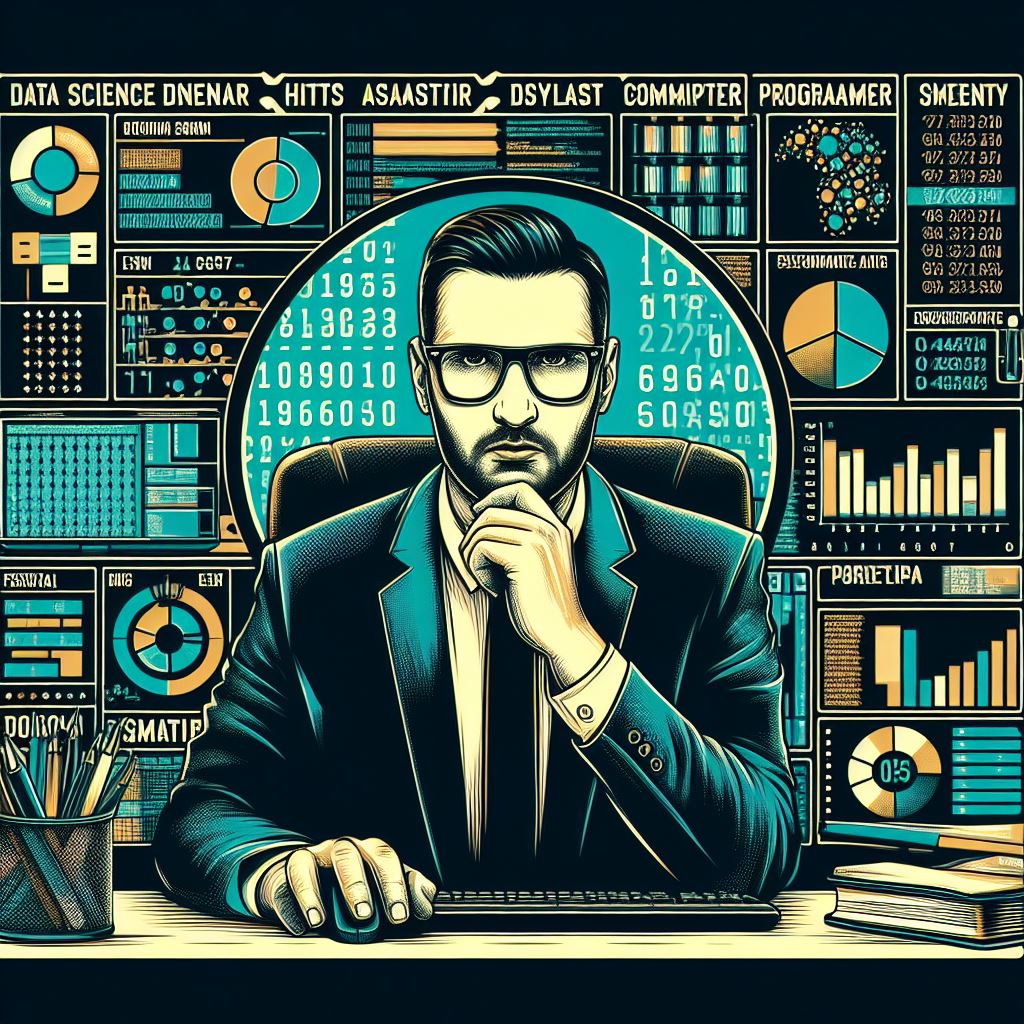Natural Language Processing (NLP) is one of the most exciting and transformative fields in artificial intelligence (AI). It bridges the gap between human language and computers, enabling machines to understand, interpret, and generate human language in a way that feels natural. NLP is already influencing a wide range of industries, from customer service to healthcare, and its applications continue to expand rapidly. In this article, we’ll explore what NLP is, how it works, and why it is so crucial in today’s technological landscape.
NLP is a subfield of AI that focuses on the interaction between computers and human language. It allows machines to process and analyze large amounts of natural language data, including text and speech, in a way that mimics human understanding. The goal is to teach computers how to read, understand, and respond to language, whether it be in written or spoken form. Common applications of NLP include chatbots, voice assistants like Siri and Alexa, machine translation services like Google Translate, and even sentiment analysis on social media.
One of the key challenges in NLP is understanding the intricacies and nuances of human language. Unlike programming languages, natural language is filled with ambiguity, regional dialects, slang, and cultural references that can make it difficult for machines to interpret. To address these challenges, NLP relies on advanced algorithms and machine learning techniques, such as deep learning and neural networks. These algorithms help machines “learn” from vast amounts of data, enabling them to improve their language skills over time.
In recent years, the advent of transformer models like OpenAI’s GPT (Generative Pre-trained Transformer) and Google’s BERT (Bidirectional Encoder Representations from Transformers) has significantly improved NLP capabilities. These models use large-scale pre-training on diverse text data to capture context, meaning, and language structures, making them more adept at understanding and generating human language. This has led to breakthroughs in tasks like language translation, text summarization, and even content creation.
NLP is also playing a pivotal role in enhancing customer experiences. Virtual assistants and chatbots powered by NLP can engage in real-time conversations with customers, providing quick solutions to their problems, answering questions, and even processing transactions. Businesses are using NLP-driven analytics to gain valuable insights from customer feedback, social media posts, and reviews. This data can help companies tailor their products, services, and marketing strategies to better meet the needs of their customers.
Healthcare is another sector where NLP is making significant strides. Medical professionals are using NLP to extract valuable information from unstructured data such as clinical notes, patient records, and medical research papers. By analyzing this data, NLP can help in diagnosing diseases, predicting patient outcomes, and even identifying new treatment methods. For example, NLP algorithms can scan thousands of medical research articles to identify relevant information and suggest novel solutions to complex health problems.
The impact of NLP extends beyond just commercial and healthcare applications. It is also being used in areas like education, where it can personalize learning experiences for students, and in finance, where it aids in fraud detection and analyzing market trends. With ongoing advancements in AI and machine learning, the potential of NLP is virtually limitless.
As we continue to rely on digital communication and data-driven solutions, NLP will become an increasingly essential tool in our daily lives. The technology’s ability to enhance human-computer interaction and unlock insights from unstructured data makes it a powerful asset across a wide range of industries.
5
